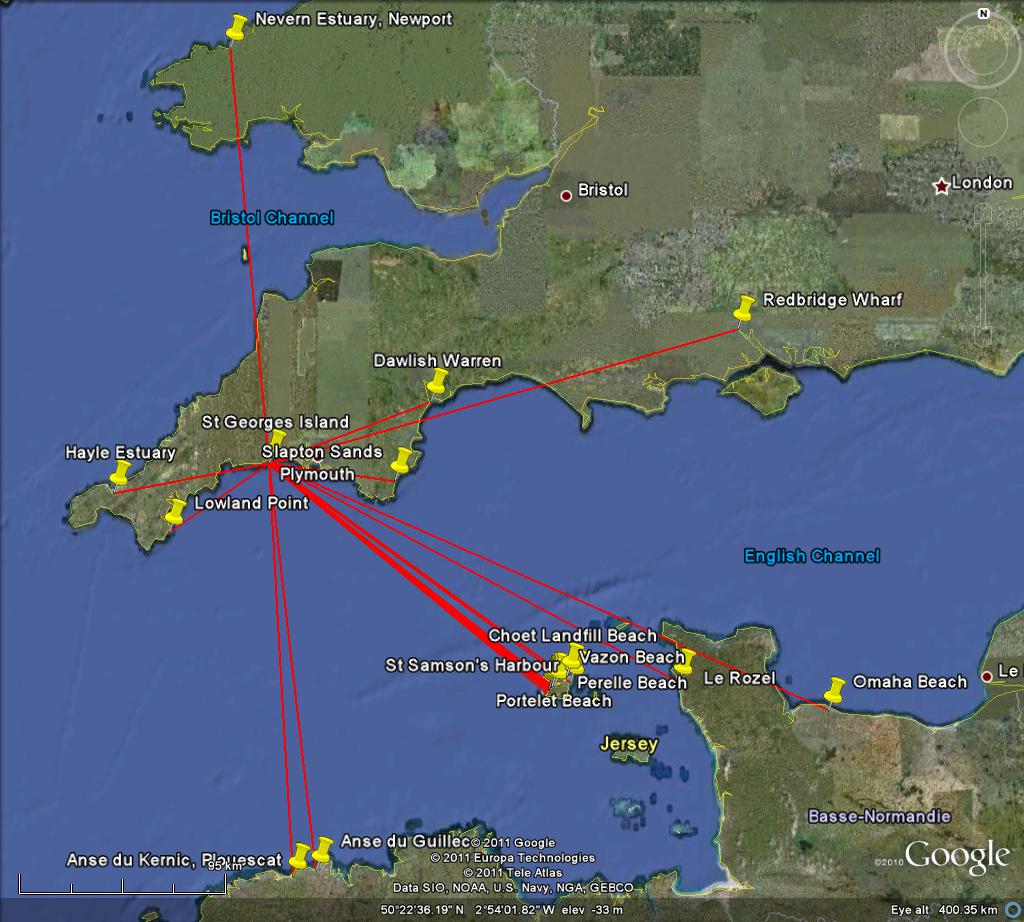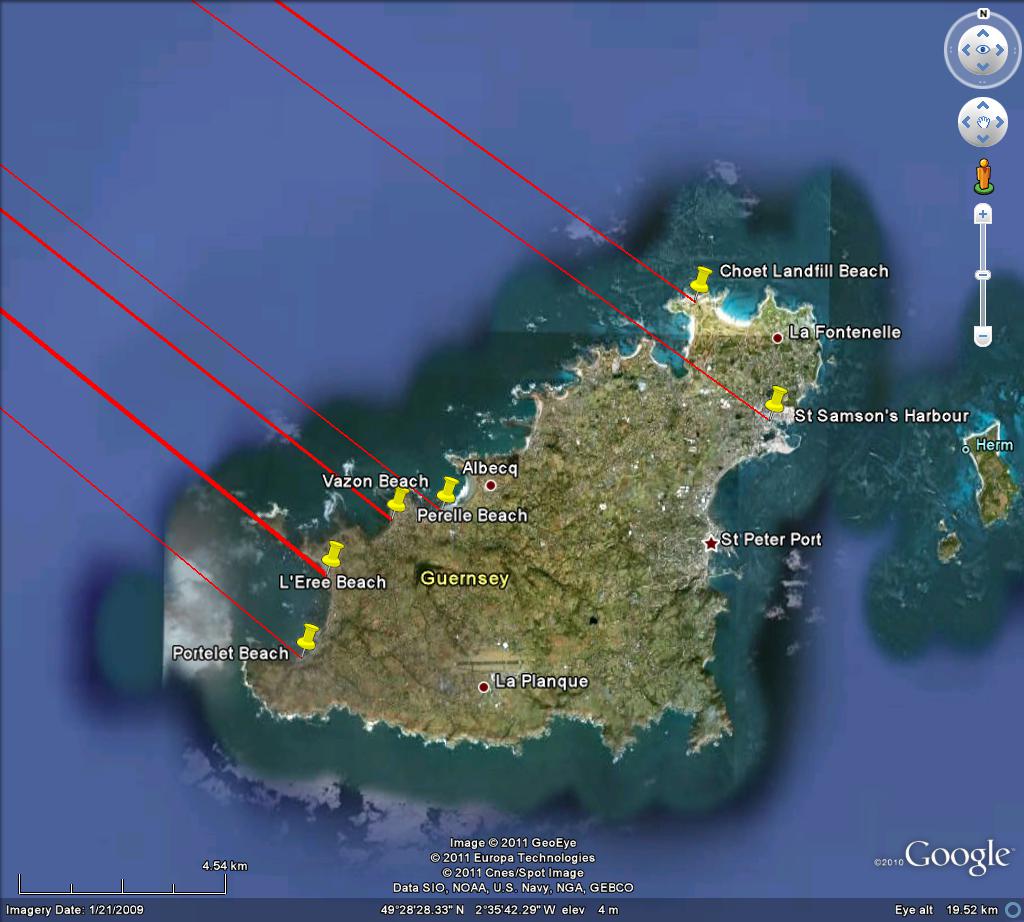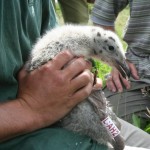 2010 saw the start of a Great Black-backed Gull ringing project in Cornwall. Following a proposal by Pete Kent (Cornwall Wildlife Trust’s East Cornwall Reserves Officer) I have begun a ringing project in partnership with CWT and the Cornwall Bird Watching and Preservation Society to learn more about these gulls.
2010 saw the start of a Great Black-backed Gull ringing project in Cornwall. Following a proposal by Pete Kent (Cornwall Wildlife Trust’s East Cornwall Reserves Officer) I have begun a ringing project in partnership with CWT and the Cornwall Bird Watching and Preservation Society to learn more about these gulls.
With over 70 breeding pairs of Great Black-backed Gulls, Looe Island supports a significant breeding colony of these magnificent birds. For many years Dave Curtis, a local ornithologist and Dave Conway, Colliford Lake’s Loveny warden, have been recording the number of Great Black-backed Gulls breeding on the Island. The ringing project will build on their work and help us understand the gulls ecology and life history, as well as monitor population trends.
The ringing project started in June 2010 when a team of volunteers visited the Island on two occasions. The team was faced with quite a challenge as the Island is also home to breeding Herring gulls as well as Great Black-backs and many nests and young birds were well nests hidden amongst tall vegetation!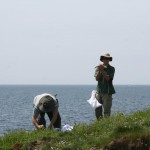
Eventually 49 Great Black-backed Gulls were caught and fitted with a BTO ring on the left leg and a white plastic ring engraved with a red identification code on the right leg. The code starts with the letter L, followed by a colon and then two letters and a single figure, eg L:AA1. If you see one of these ringed birds please report your sighting via email: looegulls@gmail.com. In turn you will receive a full life history of the bird. In 2011 an impressive 91 chicks were colour ringed and by September one had already crossed the Channel to Guernsey.
I hope that analysis of the Great Black-backed Gull data, will allow us to investigate longevity, dispersal patterns, site fidelity and survival rates in these gulls, as well as monitor long term population trends.
As Great Black backs are long lived birds the ringing scheme will last for at least at least five years and hopefully much longer.
Claire Lewis, the warden’s assistant for the Island said ‘We have long wondered what happens to the fledged gulls and now, with the particpation of the public this exciting new project gives us the opportunity to discover more about the gulls and in turn assist us with the management of the nature reserve’.
Update October 2011
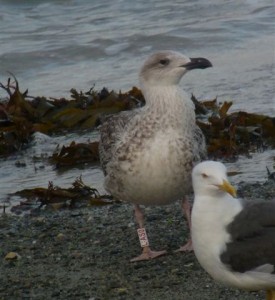 We have now had several sightings of gulls as shown on the maps. Guernsey in particular seems a favourite destination with sightings of at least 8 different birds. Its interesting to speculate why gulls are reported from Guernsey and not the other Channel Islands. Is it because Guernsey is the nearest to Looe Island? Is the sea off Guernsey one of the favoured fishing locations for the Looe boats and the gulls follow them over or is it just that there are no gull watchers on the other Islands? What are your thoughts?
We have now had several sightings of gulls as shown on the maps. Guernsey in particular seems a favourite destination with sightings of at least 8 different birds. Its interesting to speculate why gulls are reported from Guernsey and not the other Channel Islands. Is it because Guernsey is the nearest to Looe Island? Is the sea off Guernsey one of the favoured fishing locations for the Looe boats and the gulls follow them over or is it just that there are no gull watchers on the other Islands? What are your thoughts?













